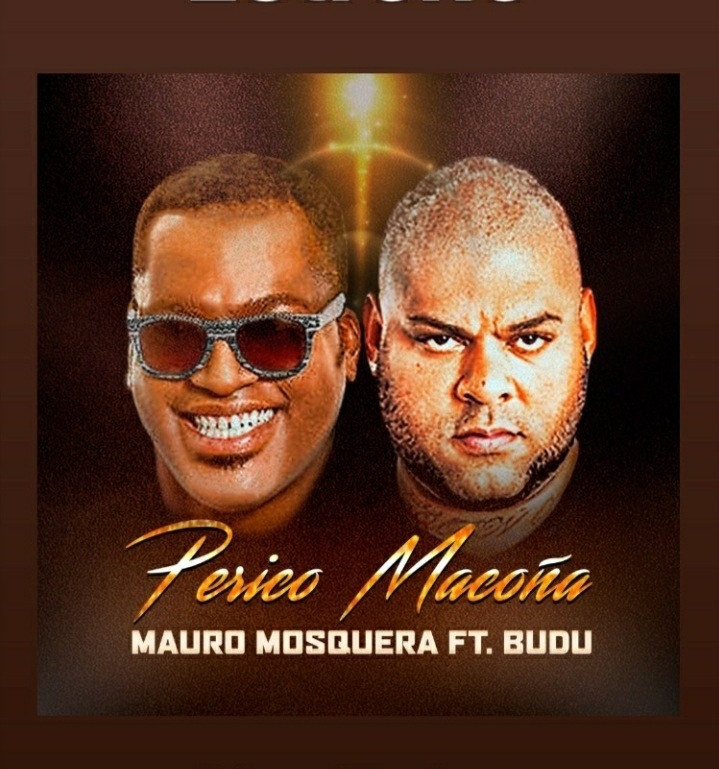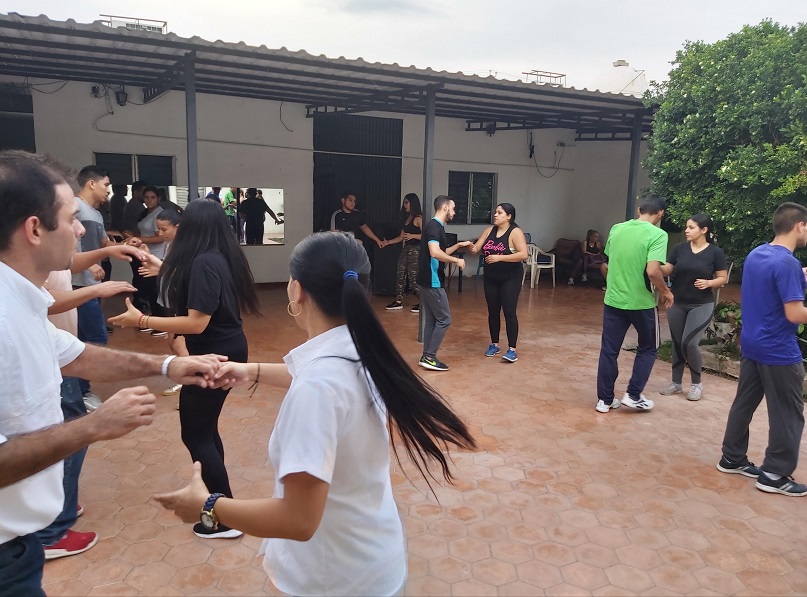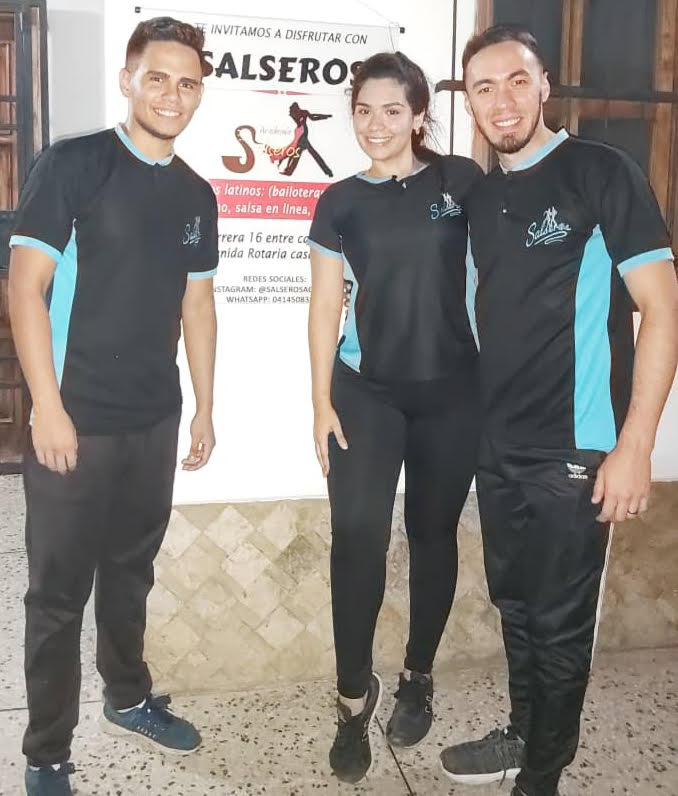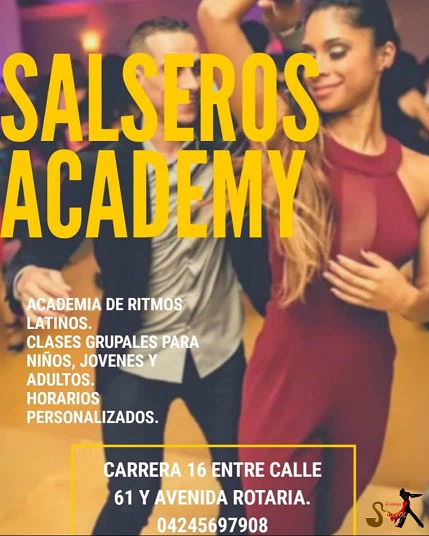Latin America / Venezuela / Caracas
Franky Swing: From Venezuela Triumphed in Latin America
Franky Swing was born in Caracas-Venezuela, on December 3, from a humble family, as the main musical reference we will find his older brother, from a very young age his interest in singing was noted, he sang whenever he could, his father encouraged him to do it in family gatherings performing very naturally. During his childhood he belonged to the choir and the marching band at his school, his singing teacher saw great potential in him and advised him to dedicate himself to music.
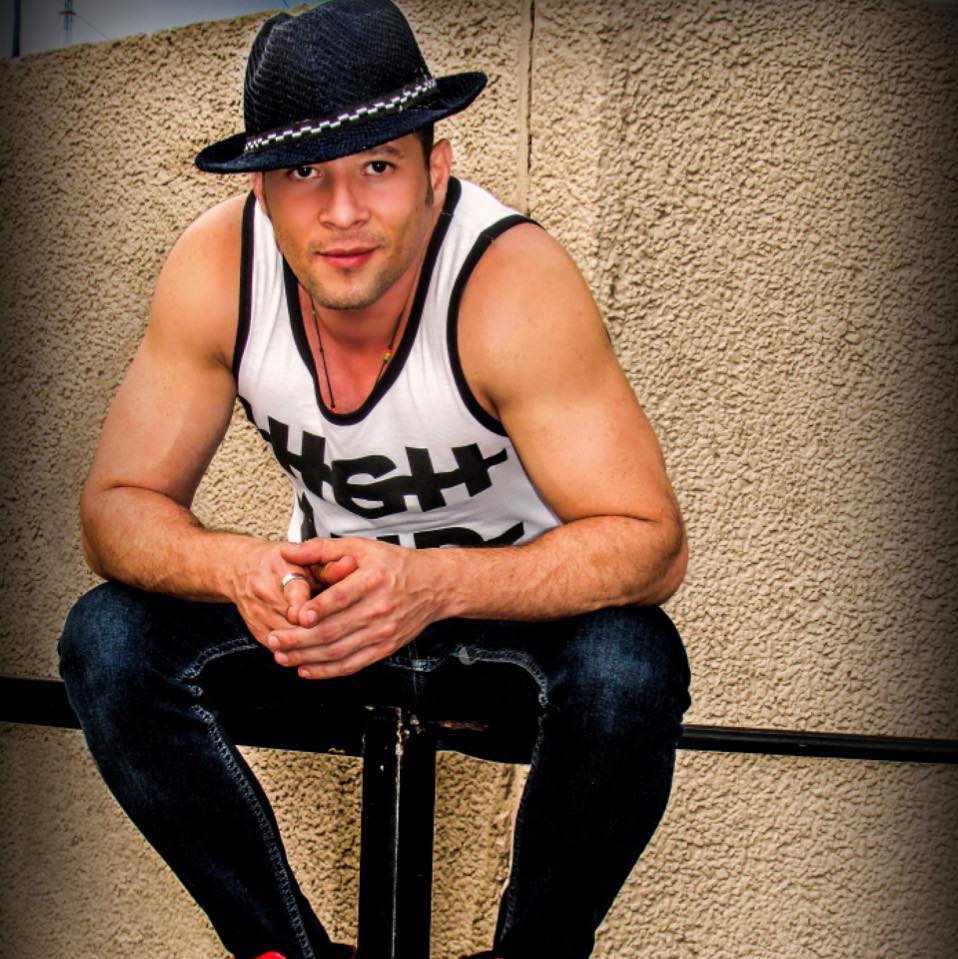
Franky grew up, and could not devote himself to singing academically, because, to support his family, he worked at a nightclub where he only had one day off a week.
One day he had the opportunity to sing in another nightclub, where his brother worked, and it was there that he discovered that what really moved his life was music.
The night witnessed his first musical experiences, and thus, between clubs, events and private parties he was making himself known musically among friends, neighbors and clients; without losing sight of his desires: to soon realize an important musical project.
In 2007, he began as a soloist, a great professional experience that did not transcend beyond personal enrichment, then he became the vocalist of the LYRI-K group with which he was able to make himself known with more projection at a national and international level, and thus embarking on that artistic path that he longed for so much.
Songs such as “GUARAPO Y MELAO”, “LATINOS” and “REGRESA A MI” sounded throughout the national territory, the latter achieving position No. 8 in the record report on the country’s radio stations. LYRI-K was a good professional experience that Franky Swing had, because with it he not only gained great national exposure, but also managed to cross borders showing his talent in countries like Ecuador.
Additionally, with LYRI-K he participated in national events of great impact such as the Solid Fest (2011) and social concerts, being the image of the SENOSALUD FOUNDATION.
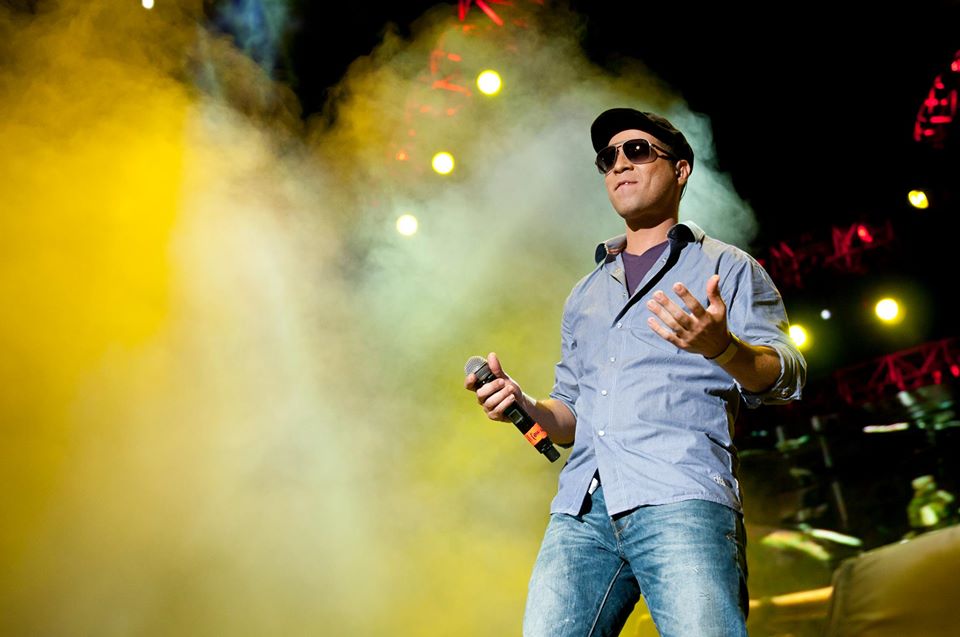
At an academic level, Franky attended speech workshops to acquire more knowledge about this exciting world, managing to participate in radio commercials for different brands and companies.
After his departure from LYRI K, FRANKY SWING undertakes a new solo project and comes with a romantic song entitled “NADA SIN TI”, lyrics and music by Ramón Montes, arrangements by Leo Gonzalez and Lino Paz, an excellent single to conquer the heart of the international public with his warm voice, covered in ballads and merengue.
Franky Swing continues to reap successes now with new songs that have crossed borders, currently in Mexico presenting songs like “Mi vecina me tiene loco”, “Olvidarme de ti” this particular single was recorded in Mexico and Venezuela, by the hand of Lois and Blackie and the Cuban Yumar Bonachea, can be enjoyed in two versions: Batucada and Electronic Merengue; also the single “Quiero”, authored by Francisco Figuera produced in Electronic Merengue.

The single “Llorando Fue” recorded in Venezuela, in the same Electronic Merengue vein as the album “Mira como es“, reaching important positions in the top 45 of Argentina called Elegidos 45.
In 2015, a new single titled “Una y Otra Vez” recorded in Venezuela, by Jhosir Córdoba, brings freshness in tropical Merengue with an urban touch, the lyrics and music are by Venezuelan Ottoniel Poveda.
Promoted in all social networks with a lot of focus on Latin America, particularly in Mexico City and in the important media in the country to infect everyone with his dance music.
Franky also took on the task of participating in humanitarian social works such as HELP IS, THE NIGHT OF DREAMS INFINITE LOVE AND I LEND YOU MY VOICE.
On the other hand, the recognitions received by FANTASIA TV THE PROGRAM, FINALLY THE END, HAYEK INTERNATIONAL HUMANITARIAN MERIT AWARDS, RECOGNITION AS A SINGER BY THE OAXAQUE BOARD OF POPULAR CULTURE A.C., THANKS IN THE EL LAVADIARIO PROGRAM, RECOGNITION BY THE NATIONAL ASSOCIATION OF MEXICAN ANNOUNCER C , AWARDED WITH THE RAY TICO PRIZE OF THE COSTA RICAN COMMUNITY B. AWARDED AT THE INMORTAL AWARDS AS A TROPICAL MUSIC SINGER Already living in Mexico in 2017, he joins the group “INTERSALSA ORQUESTA“, where he had the opportunity to record several singles in which is the promotional “DILE A ELLA“, this theme was written by the Venezuelan Wilmer Hernández and musical arrangement by the Venezuelan Taylor Aranguren.

Among the musical themes we can highlight “TU NO SABES QUERER”, “ADIOS AMOR” a version of Mr. Cristian Nodal adapted to the salsa genre, collaborations in feautiring in the “GIGANTES DE LA CUMBIA” project with the song “UN SUEÑO” original theme of the group “LOS ANGELES DE CHARLY” duet with the singer “JUAN SOLO” the singles where Franky has been involved with his voice have been happy songs that have made the whole world enjoy, Franky Swing with his charisma, flavor and excellent voice gives him that authentic touch to each song he has recorded.
Franky Swing in 2018, presented us with his new single entitled “DAME UNA OPORTUNIDAD”, lyrics and music by Francisco Figuera and arrangements by Mauricio Jiménez, with the participation of Dante Vargas on trumpet, this song came to stay in the salsa genre and thus continue giving rumba joy and flavor to the international public.
All of us at some point in our lives have made mistakes, which perhaps have hurt someone’s feelings, it can be your partner, a friend, or in any life situation where the beings we appreciate are involved, and at Recognizing that we have failed, we seek forgiveness and try to correct the mistake, doing everything possible to put ourselves in the other person’s place and feel their pain.
Brief synopsis of the single “DAME UNA OPORTUNIDAD” Currently, Franky Swing follows the path of this tropical genre and this time comes with the theme “SABOR A NADA” a very interesting proposal, this arrangement was made in Venezuela by the hand of Wuilmer Herrera , where a fresh concept was shaped to continue giving good music to the international public, it should be noted that the lyrics and music of this single go hand in hand with the Venezuelan composer Jhon Semeco.

Sabor a Nada is the name of Franky Swing’s new single, this single is about those loves that are not consummated, where there are promises that are not kept, loves that are adrift and that fail to have a story, love without color without flavor, that’s what this great single by the great Venezuelan singer Franky Swing is about, who little by little continues to bring joy to Latin America.
If you want to know more about Franky Swing, I invite you to follow him on all his social networks Contacts: Frank Figuera:+52 155-6444-2153 / 55-7410-5180
Youtube: https://www.youtube.com/c/frankyswing
Videoclip https://youtu.be/M7B2wJ4fKIo
Video lyrics https://youtu.be/ltee6FSIQYg
Plataformas digitales: Spotify:
https://open.spotify.com/artist/4tvKmZc3DNOLW6bcOwFgFc
Sabor a nada iTunes https://itunes.apple.com/us/album/sabor-a-nada-single/1449554732
Deezer: https://www.deezer.com/en/artist/14789867
G o o g l e p l a y: h t t p s : / / p l a y . g oo g l e . c o m / s t o r e / m u s i c / a l b u m /
Franky_Swing_Mira_Como_Es?id=Bw2svrdawij6iyvk3grloe3eqc4
Itunes: https://itunes.apple.com/mx/album/mira-como-es/1386202738
Twitter: @franky_swing
Instagram: @FRANKY_SWING
Fan page Facebook: Franky Swing
Youtube: Franky_swing
Rebernation: Franky Swing
WebSite: www.frankyswing.com
Webwix: http://frankyswing362.wix.com/frankyswing1
Email: [email protected]





